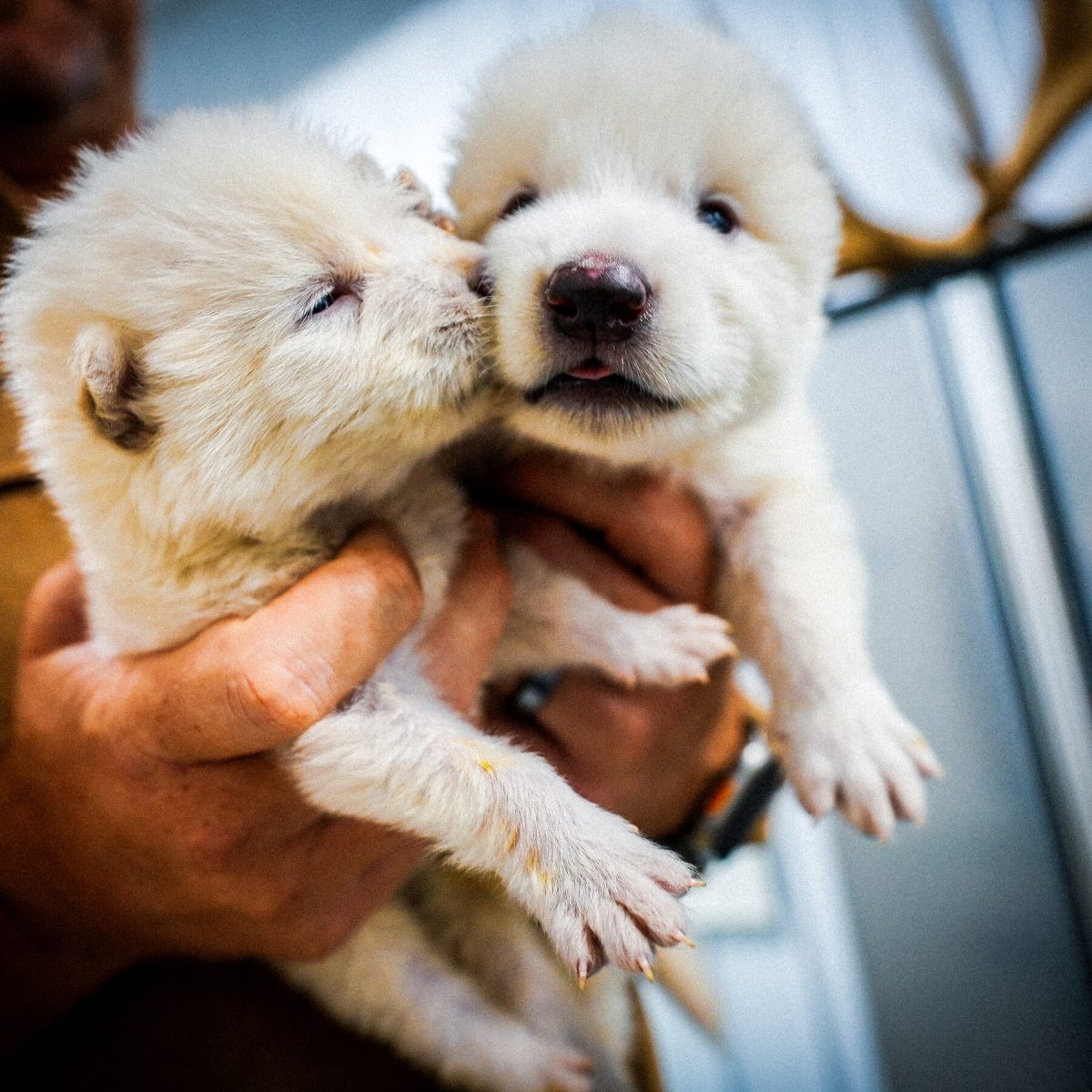De-extinction is the process of bringing a species back from extinction. Some techniques used for de-extinction are selective breeding, genome editing, and even cloning, all with the idea to restore an extinct species to its former glory and help an ecosystem disturbed in the species’ absence. I believe that de-extinction is a good thing; it’s a great way to finally give back and help a species that should not have gone extinct in the first place
Because of cloning, there are ethical concerns. Cloning has been known to cause health concerns and unnecessary suffering when done incorrectly, and because of cloning, they may lack biodiversity that allows the species to evolve.
While gene editing has grown and is a major step to the future, it is not yet precise enough to get a 100% DNA strand identical to the species they are trying to bring back. With all that in mind, it’s even harder if you do not have a surrogate mother of said species, which you would have to get before the species goes extinct.
De-extinction is not just the act of restoring a species, but also restoring the habitat it was a part of that might have suffered because of the loss of one of the species that lives in it. This can restore ecosystems and create more biodiversity. The Baiji is a type of river dolphin that lived in the Yangtze River system in China, This species stood out more to me because humans are why this ancient species is extinct. This river produces 1.5 tons of plastic into the ocean annually. The river’s ecosystem has been destroyed, conservation efforts need to be made, and then we can focus on bringing the animals back and restoring biodiversity.
De-extinction is a step to ensuring we still have a planet to live on. We are at fault for 96% of animals going extinct, and millions are endangered. It is up to us to fix our mistakes through backbreeding, cloning, gene editing, and whatever else we can do to give back to our planet.





